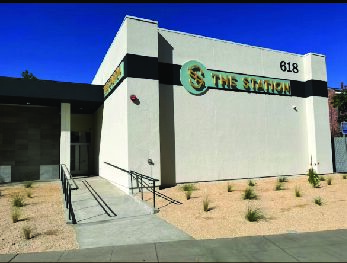By Will Freeney | memo247365@gmail.com
Two years ago, we were contemplating the implementation of Prop 64 – legalizing personal possession of marijuana in limited quantities and cultivation for personal use – also in limited quantities. As the specifics of Prop 64 were put to work (allowing individual municipalities to determine the degree to which commercial cultivation and sales would be permitted in their specific district), Fresno County dealt itself out of the commercial opportunities altogether, and Fresno city followed suit – leaving Coalinga as the only legal retail source for recreational cannabis products in Fresno County.
Then, one year ago, the Fresno City Council voted to add Article 33 to Chapter 9 of the Fresno Municipal Code – the code relating to “Adult Use and Medicinal Cannabis Retail Business and Commercial Cannabis Business.” That landmark amendment weighs in at 53 pages – many of which are dedicated to the over-reaching and redundant language of legal definitions. The most essential salient fact of the legislation is that it opens the door to potential retailers. Those potential retailers have to apply to the state and to the city and then be selected by the city, deemed worthy of an M-business license. The hoops are numerous, and the profit margin is impacted by the fees and taxes associated with those many hoops.
And here’s the reality – while Fresno’s city councilmembers tiptoe, in their flame-retardant onesies, into the realm of Commercial Cannabis, commercial cannabis in California (a decades-old primary industry up north in Humboldt and Mendocino Counties) marches on. An August 19th article for the LA Times posited a growth rate for statewide legal cannabis business from $2.5 billion in 2018 to $3.1 billion in 2019. The article goes on to share the “bad news” from this good news/bad news split on Cali Canna. Although legalized commerce experienced a 23% upturn in its second year, the numbers for the residual illegal sector of the industry are estimated to be $8.7 billion – more than double, almost triple, the legal market numbers.
And that shouldn’t be a surprise, considering the leverage Prop 64 gave local municipalities to discourage “marijuana in their community.” The pushback to the status quo is not just from licensed cannabis businesses suffering under aggressive taxes for their enterprises – unlicensed (aka “illegal”) distributors take a larger share of the market. Their lower prices reflect the lack of taxation and with more ready access (consumer-to-product) in the absence of regulatory restrictions.
No, the Legislative Analyst’s Office (a non-partisan resource) just released its report on the state of the industry. Their conclusion? “Even if the state eliminated its cannabis taxes entirely, other costs – such as regulatory compliance costs and local taxes – likely would keep legal cannabis prices higher than illicit market prices.” The LAO report goes on to recommend changing the cannabis tax structure from weight-based to potency-based (around a half-cent per milligram of THC). That may, indeed, be more equitable. Still, I’m not sure how or if that could increase the share of cannabis sales registered by “legal” operations.
It seems like local governments should be working to make entry into legal cannabis commerce as easy as possible, as it cuts into the entirely untaxed and unregulated operations that continue (and will continue) unabated.









